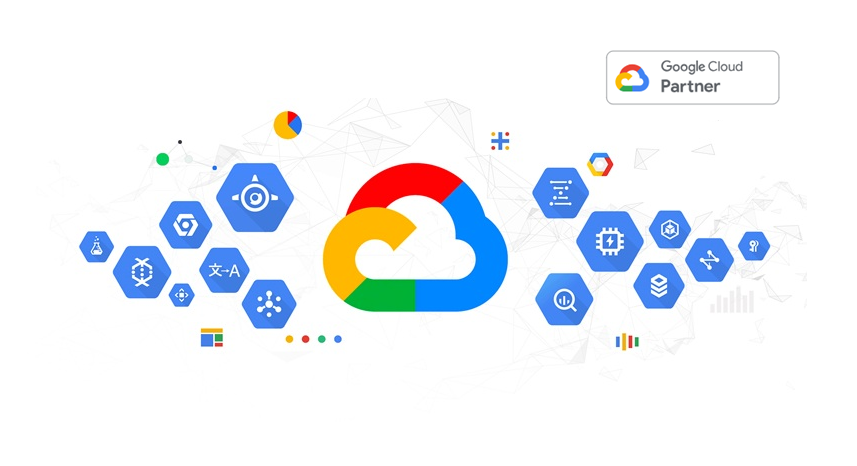Module 1 - Introduction to AI and Machine Learning on Google Cloud
Objectives:
Recognize the AI/ML framework on Google Cloud.
Identify the major components of Google Cloud infrastructure.
Define the data and ML products on Google Cloud and how they support the datato-AI lifecycle.
Build an ML model with BigQueryML to bring data to AI.
Define different options to build an ML model on Google Cloud.
Recognize the primary features and applicable situations of pre-trained APIs, AutoML, and custom training.
Use the Natural Language API to analyze text.
Define the workflow of building an ML model.
Describe MLOps and workflow automation on Google Cloud.
Build an ML model from end-to-end by using AutoML on Vertex AI.
Define generative AI and large language models.
Use generative AI capabilities in AI development.
Recognize the AI solutions and the embedded generative AI features.
Activities:
Hands-On Labs
Module Quizzes
Module Readings
Module 2 - Launching into Machine Learning
Objectives:
Describe how to improve data quality.
Perform exploratory data analysis.
Build and train supervised learning models.
Describe AutoML and how to build, train, and deploy an ML model without writing a single line of code.
Describe BigQuery ML and its benefits.
Optimize and evaluate models by using loss functions and performance metrics.
Mitigate common problems that arise in machine learning.
Create repeatable and scalable training, evaluation, and test datasets.
Activities:
Hands-On Labs
Module Quizzes
Module Readings
Module 3 - TensorFlow on Google Cloud
Objectives:
Create TensorFlow and Keras machine learning models.
Describe the TensorFlow main components.
Use the tf.data library to manipulate data and large datasets.
Build a ML model that uses tf.keras preprocessing layers.
Use the Keras Sequential and Functional APIs for simple and advanced model creation.
Train, deploy, and productionalize ML models at scale with the Vertex AI Training Service.
Activities:
Hands-On Labs
Module Quizzes
Module Readings
Module 4 - Feature Engineering
Objectives:
Describe Vertex AI Feature Store.
Compare the key required aspects of a good feature.
Use tf.keras.preprocessing utilities for working with image data, text data, and sequence data.
Perform feature engineering by using BigQuery ML, Keras, and TensorFlow.
Activities:
Hands-On Labs
Module Quizzes
Module Readings
Module 5 - Machine Learning in the Enterprise
Objectives:Understand the tools required for data management and governance.
Describe the best approach for data preprocessing: From providing an overview of Dataflow and Dataprep to using SQL for preprocessing tasks.
Explain how AutoML, BigQuery ML, and custom training differ and when to use a particular framework.
Describe hyperparameter tuning by using Vertex AI Vizier to improve model performance.
Explain prediction and model monitoring and how Vertex AI can be used to manage ML models.
Describe the benefits of Vertex AI Pipelines.
Describe best practices for model deployment and serving, model monitoring, Vertex AI Pipelines, and artifact organization.
Activities:
Hands-On Labs
Module Quizzes
Module Readings


